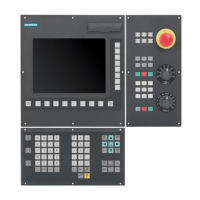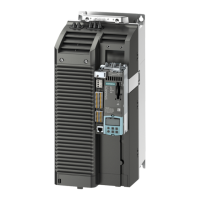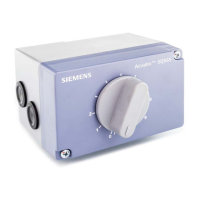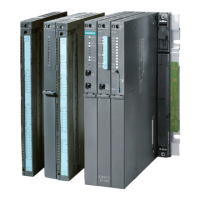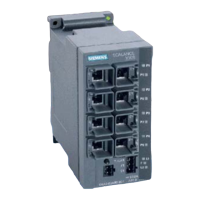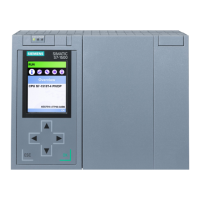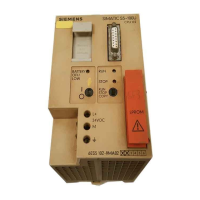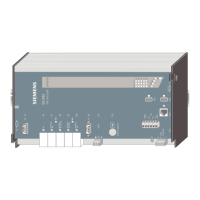3.
Operation
3.1
Controls and displays
"5
V"
LED:
The LED lights up green as soon as the 5 Vsupply obtained from the
24
V
input supply is available.
"Stop/Batt. alarm" LED:
The orange LED lights up when the "Stop/Run" switch is in the
"Stop" position or when the same switch is in the "Run" position
and, when the
24
V
input supply is switched on, the backup battery
has insufficient charge to ensure the retention of the flags. The PC
can be made ready for operation by moving the switch in the
sequence "Run
-
Stop
-
Run". The LED will go out. Change the
lithium battery.
"Cycle fault" LED:
The orange LED lights up if the program cycle is not proceeding
satisfactorily (see description of processor, p. 5).
"Signal status" LED:
see "Memory address"
thumbwheel switch
"Result of logic operation" (RLO) LED:
"Stop/Run" switch:
When this switch is moved from "Stop" to "Run", the user program
is executed cyclically, starting at the first statement. Moving the
switch from "Run" to "Stop" produces an initializing pulse which
inhibits the output of commands. All outputs of the
I/O modules are
reset.
"R (retentive)/NR (non-retentive)" switch:
In the event of a power failure, the flag area FmP).I-F3F.7 (F63.7)
either has battery backup (position R) or not (position NR).
"Memory address" thumbwheel switch:
When an address is selected in the program memory by means of
the thumbwheel switch, the signal status and the result of the logic
operation (RLO) of the corresponding STEP
5
statement are dis-
played on the two
LEDs, "Signal status" and "RLO" (result of logic
operation). Display of the signal status has no meaning for setting
commands
(=
Q,
SQ,
RQ).
"Step" 7-segment LED display:
EPROM
I
h
SIEMENS
SlMATlC S5-010
-
\
T
0
I
+
5"
-
E:
low
((3
;Tl
+
C..
fault
$
-
@
1.2
RLO
+
-
)~3
Q
Step
0
m
Test
When programming sequence controls, it is possible to identify
each step by setting a flag (area 0.1
.
. .
F.7). When programming
step flags, make sure only
one flag
in the area 0.1 . . . F.7 is set (see
example in the programming instructions). The step flags may only
be addressed by the SF and RF operations, not with
=
F. The
"Step" display then shows the flag of the current step reached in
the program and, in the event of a fault, the step at
which the PC
has stopped can quickly be ascertained.
Fig.
21
Controls and displays on the S5-010
W
~ro~rarnrnable controller

